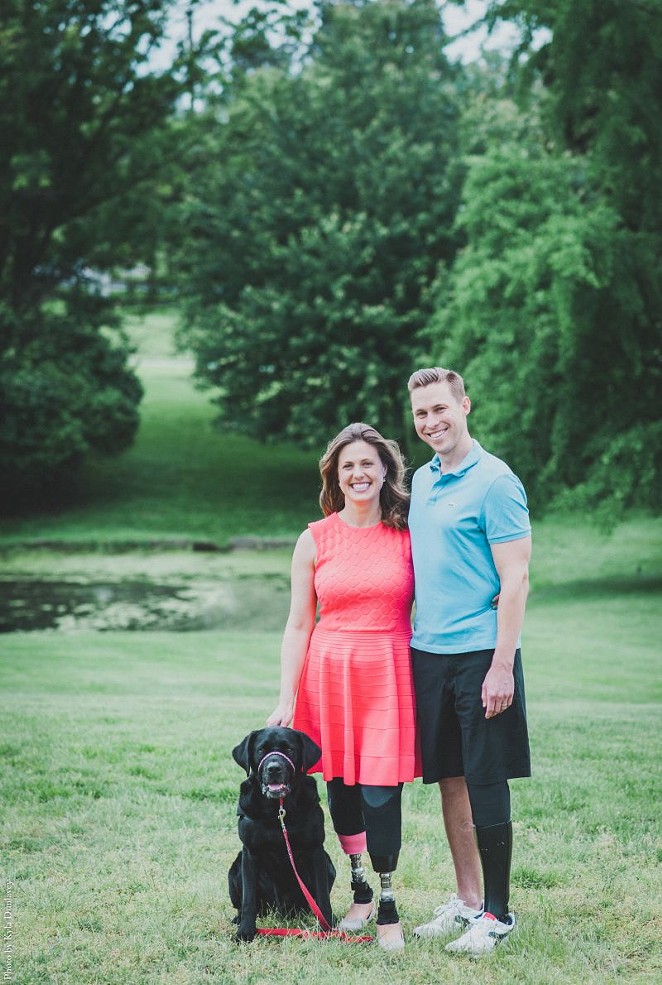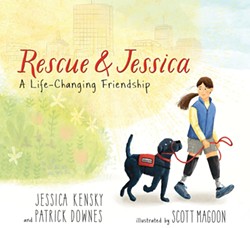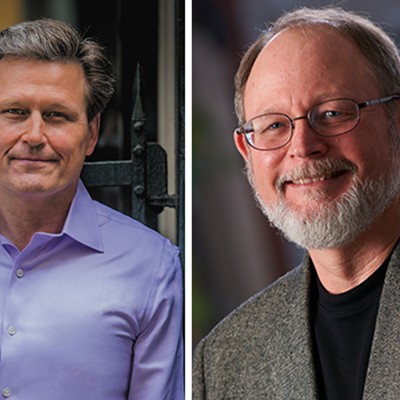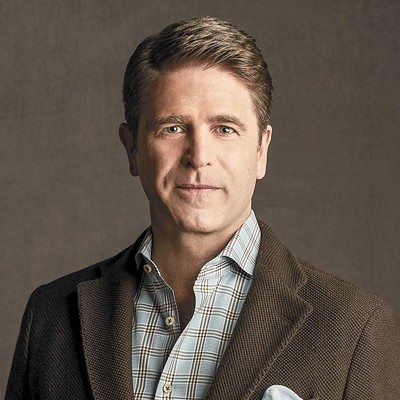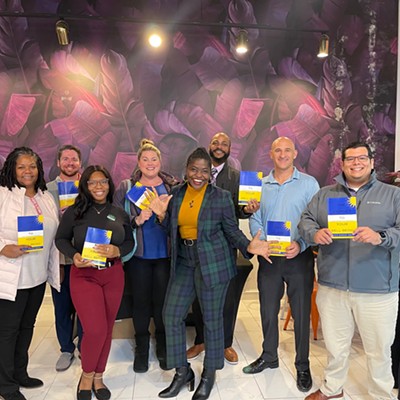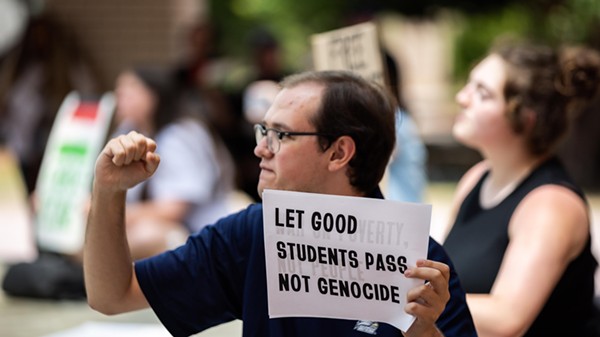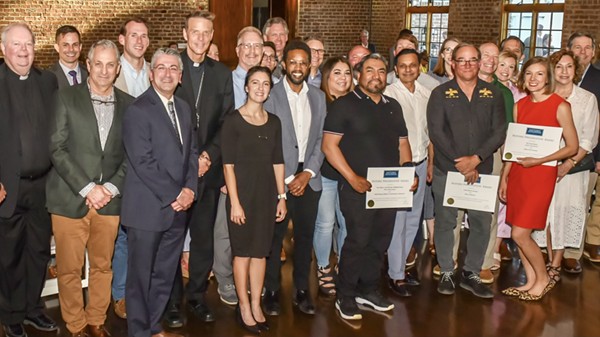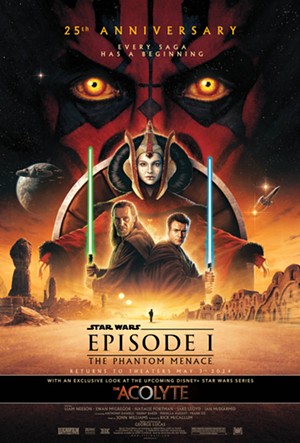THIS YEAR marks the fifth anniversary of the terroristic Boston Marathon bombing.
Newlyweds Jessica Kensky and Patrick Downes were hurt in the blast, with Downes losing one leg and Kensky ultimately losing both. In the emptiness that followed, they met Rescue.
Rescue is Kensky’s service dog, and the duo is the subject of “Rescue and Jessica: A Life-Changing Friendship.” The book, written for children ages 5 to 9, shares the importance of service dogs for people who are differently abled.
As part of an extensive book tour, Kensky, Downes and Rescue have two appearances in Savannah this weekend. The first takes place Saturday at the Southwest Chatham Library, complete with a book reading, a demonstration of what Rescue can do for Kensky, and a Q&A session. The next day, the trio will appear at the Savannah Book Festival’s Children’s Tent for a shorter appearance.
We spoke with Kensky and Downes last week.
How did you decide to write this book?
Downes: We found out that children were seeing our prosthetic legs and they saw Rescue and they were jumping out of their skin trying to figure out what the hell was going on. “Mom, look at that lady with the legs!” You could tell they really wanted to know. At first, we weren’t sure how to handle it—it’s something other parents might not feel comfortable with. But over time, we decided we don’t have any shame. We didn’t do anything wrong. They’d walk up to us, and I’d invite them to check out my prosthetic. The minute they touched it, they’d smile. It was demystified— not this big scary thing. It’s a cool robot guy.
Same for Rescue. When they found out he could do things for Jess, they thought he was a superhero. We realized there was an opportunity to talk to kids in an honest way about how she had gotten through it with Rescue by her side.
Kensky: Some kids can’t help it—they’re so loud, and they’re at the age where they haven’t learned that staring is rude. I’d be in the grocery store and see a mom keep their kids from looking at me and usher them out of the store. That interaction doesn’t feel great either. We were hoping this book helps parents who don’t know what to do or say. They can’t be experts. This book has given them a way to introduce these topics and to talk about someone else who gets around differently.
We do have a very dear friend Pat went to college with, and she’s a children’s book agent. Had we not had her in our life, this book wouldn’t have happened. She saw Rescue through this lens of, “This is an amazing story that needs to be told. Our experience with kids in public and then having her in corner saying we needed to tell this story. But I have to say, the first few drafts were just about Rescue.
Were you hesitant to share your story?
Kensky: I just didn’t know how I wanted to share that. It’s a little more personal than talking about just your dog. How could we tell it? It was something I was living. In the midst of all this, I’m having these surgeries, losing my second leg, which was the most horrible thing. How am I going to tell that to a kid?
Patrick is a psychologist, and in school he did a lot of work with kids. We found a way to tell it appropriately and honestly. You only have so many pages, how could we ever include my journey?
How did you get linked with the book’s illustrator, Scott Magoon?
Downes: We didn’t know Scott, but he used to work at Candlewick Press. Once we connected with them and signed on, they knew that he’d be a perfect fit. Not just because of his talent, but he was running the marathon the day of the bombing. His family was there. Thankfully, none of them were injured physically, but he has told us and said to others that this is a powerful journey for him to be on, too, to make sense of what he and his family went through and helping us tell our story. It’s a perfect team coming together.
Tell me about the process of writing the book.
Downes: We wrote the entire thing over the course of two years while we were patients at Walter Reed Military Hospital. Frankly, we just used it as a thirty-minute escape every couple of days. I knew it was the one topic I could bring up to Jess that wouldn’t lead to one of us crying. We could think like children again and imagine some scenario in the book or pore over the language. It allowed us to take our minds off some agonizing surgical decisions—the complexity of Jess’ medical picture is far more complex.
It sounds like it was very therapeutic for you both to write it.
Downes: It was incredibly therapeutic. The way Boston and the entire country wrapped their arms around us, they paved the way for us to do this. We acknowledged that something awful had happened, but reminded each other that we had each other’s back, and we would somehow make meaning out of it. We definitely followed that weed in writing.
These two guys took all this time to enact this act of hatred. In the split second after their acts of terror, people ran towards us to help us. They ran towards smoke and explosion and loud noise to get us safe on the street, get us into ambulances and the best hospitals. This instant response was able to quickly be the antidote to a lot of hate.

